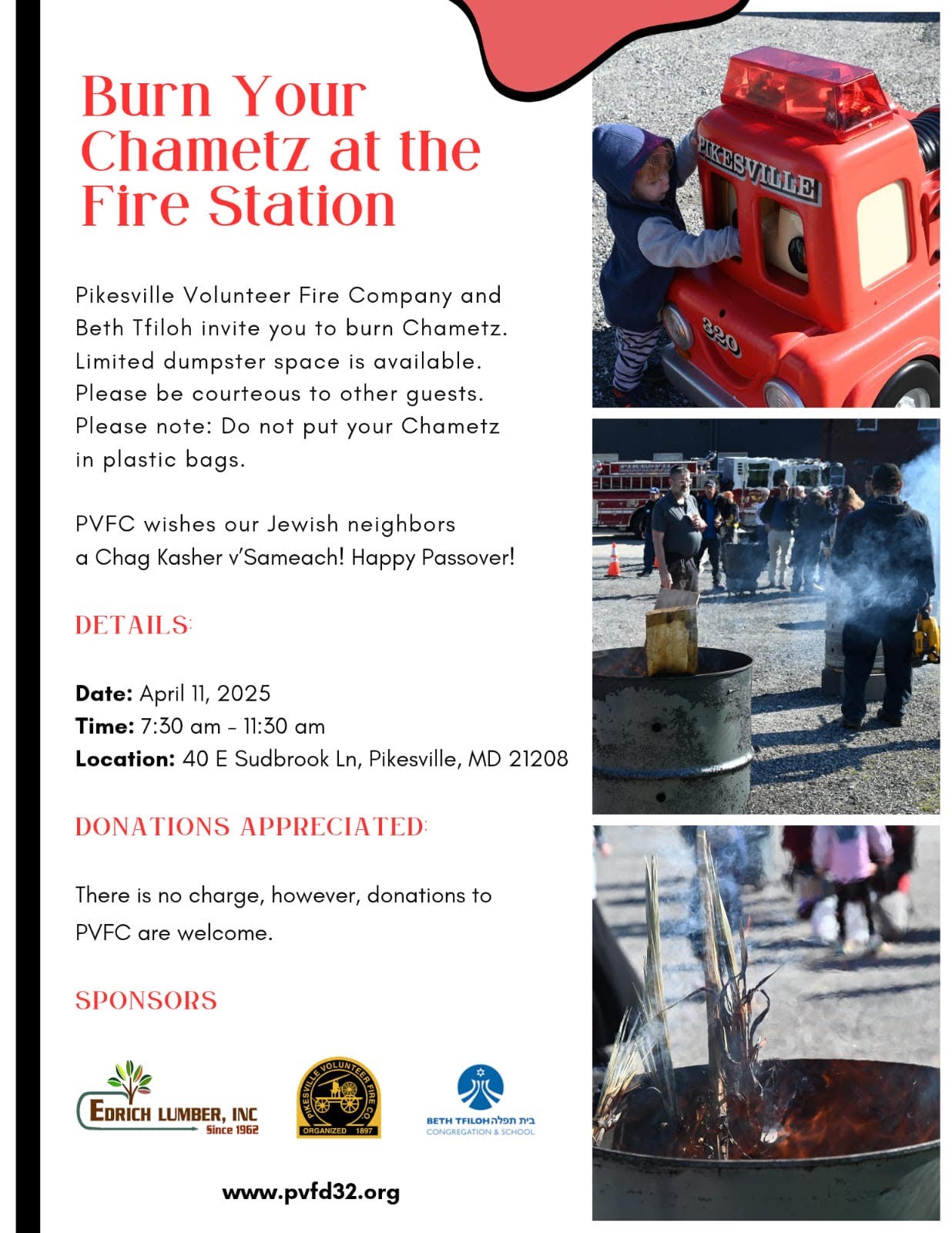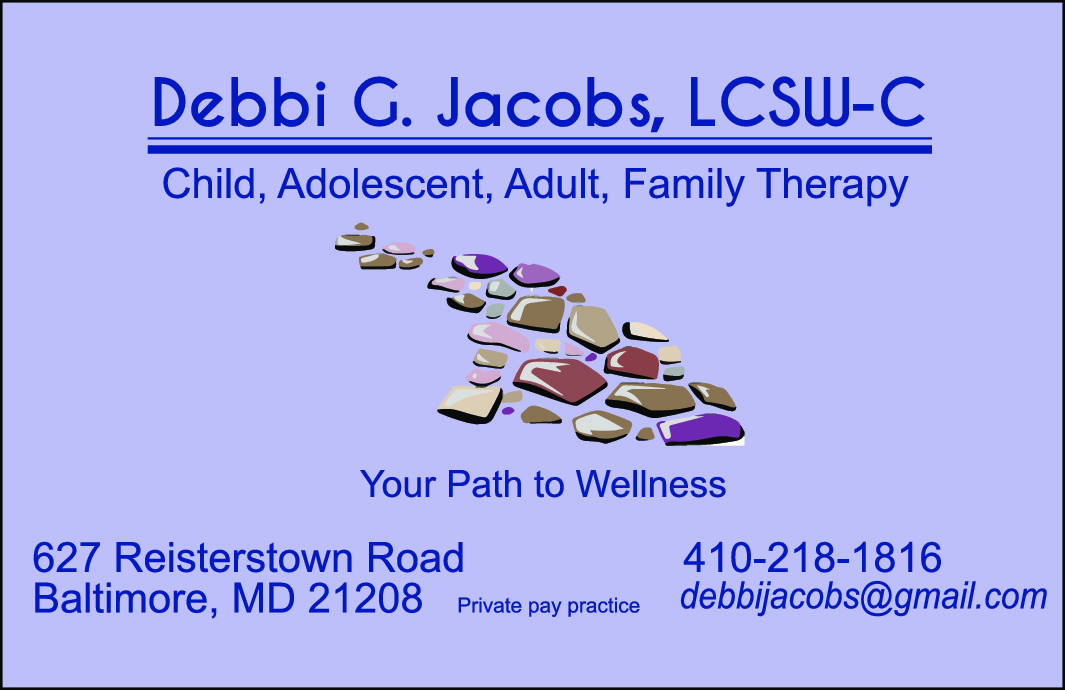TEVA TALK All Souped Up
As the temperature drops, there may be nothing that says “comfort” quite like sipping some hot soup. With every spoonful, you can feel the warmth radiate throughout your body. Whether you are chilled, aching, or just tired, finishing a bowl of soup is like being wrapped in a warm blanket on the inside.
It is fascinating how this simple sustenance can be both an inexpensive meal and a gourmet dish. It is fed to prison inmates and soldiers – and also to presidents and kings. It exudes warmth and comfort to the family yet takes little prep and inexpensive ingredients. Anyone can handle the straightforward cooking process – cut this, boil that – and there are hundreds of varieties to please any palette.
It is possible to question why we “eat” soup instead of “drink” it, since it’s a liquid. The fact that we don’t put it in a mug is also troublesome. Isn’t soup just a hot drink? As an important part of the meal, deserving its own course and requiring separate utensils, soup is far beyond a beverage.
Long ago, soup was eaten as an accompaniment to bread, which was used to soak up the liquid. When people started eating the soup on its own, in the 1600s, they adopted the name we know today, deriving from the Latin verb suppare, which means “to soak.”








